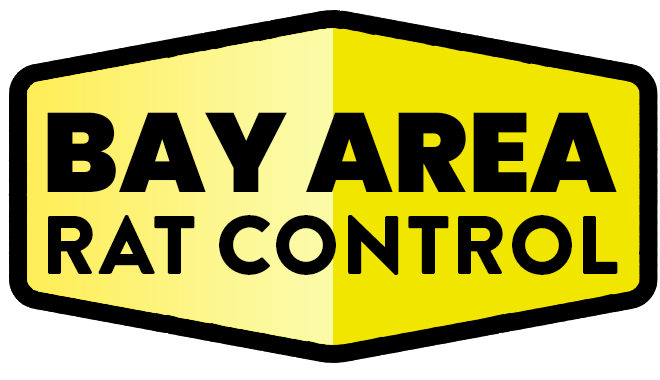Opening Thoughts
Rats are elusive pests, often hiding in walls, attics, and other inaccessible areas. While they might remain unseen, their presence can be detected through distinct sounds and odors. By learning to recognize these sensory clues, you can identify infestations early and take action before significant damage occurs.
Common Sounds Associated with Rats
1. Scratching and Scurrying Noises
- What It Sounds Like: Light scratching or running noises, typically in walls, ceilings, or under floors.
- When It Happens: Most often at night when rats are active.
- Why It Occurs: Rats move through tight spaces, chew on materials, or nest in hidden areas.
2. Squeaking and Chattering
- What It Sounds Like: High-pitched squeaks or soft chattering sounds.
- When It Happens: During social interactions, mating, or when rats feel threatened.
- Why It Occurs: Rats communicate using vocalizations, especially within colonies.
3. Gnawing Sounds
- What It Sounds Like: Repeated, faint grinding or crunching noises.
- When It Happens: Day or night, depending on the severity of the infestation.
- Why It Occurs: Rats gnaw on wood, wires, and other materials to maintain their teeth.
Distinctive Odors Left by Rats
1. Musky Smell
- What It Smells Like: A strong, stale, and musky odor.
- Cause: Rat urine, which is often used to mark territory and paths.
- Where It Lingers: Near nesting sites, along travel routes, or in enclosed spaces.
2. Ammonia-Like Scent
- What It Smells Like: A pungent, ammonia-like odor.
- Cause: Concentration of urine in areas of heavy infestation.
- Where It Lingers: Closets, basements, or attics where rats congregate.
3. Decaying Smell
- What It Smells Like: Foul odor from decomposition.
- Cause: Dead rats that have died in walls, vents, or other inaccessible areas.
- Where It Lingers: Near the source of decay, often localized to a specific area.
Interpreting Sounds and Smells for Rat Detection
1. Tracking Movements
- Follow scratching and scurrying sounds to identify potential nesting areas.
- Note the time of day noises occur to determine rat activity patterns.
2. Locating Nests
- Investigate areas with strong musky or ammonia-like odors.
- Use a flashlight to check enclosed spaces, basements, or attics for visible signs of nesting.
3. Identifying Severe Infestations
- Persistent noises or overwhelming smells indicate a significant infestation.
- Dead rats emitting decaying odors require immediate professional attention for safe removal.
Steps to Act on Sensory Clues
1. Set Up Monitoring Tools
- Use sound amplifiers to pinpoint the origin of faint noises.
- Install motion-sensor cameras in suspected areas to confirm rat activity.
2. Address the Source
- Seal entry points near the location of sounds or odors.
- Use traps and bait stations along pathways identified through sensory clues.
3. Eliminate Smells
- Clean affected areas with disinfectant to remove urine and odor traces.
- Ventilate spaces to disperse lingering smells and prevent re-infestation.
When to Seek Professional Help
- If noises persist after traps or baits are set.
- For severe infestations where odors indicate decaying rats in inaccessible areas.
- To perform a thorough inspection and implement comprehensive pest control measures.
Final Thoughts
Rats may hide from sight, but their sounds and smells are undeniable indicators of their presence. By paying attention to these subtle clues, you can detect infestations early and take the necessary steps to protect your property. Quick action ensures a safer, cleaner environment free from these unwelcome guests.
Relevant Links/Sources:
Detecting Rat Noises – PestWorld
Recognizing Rat Odors – Orkin
Rodent Odors and Sounds – EPA
